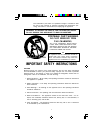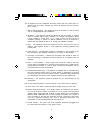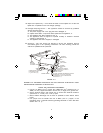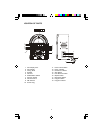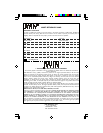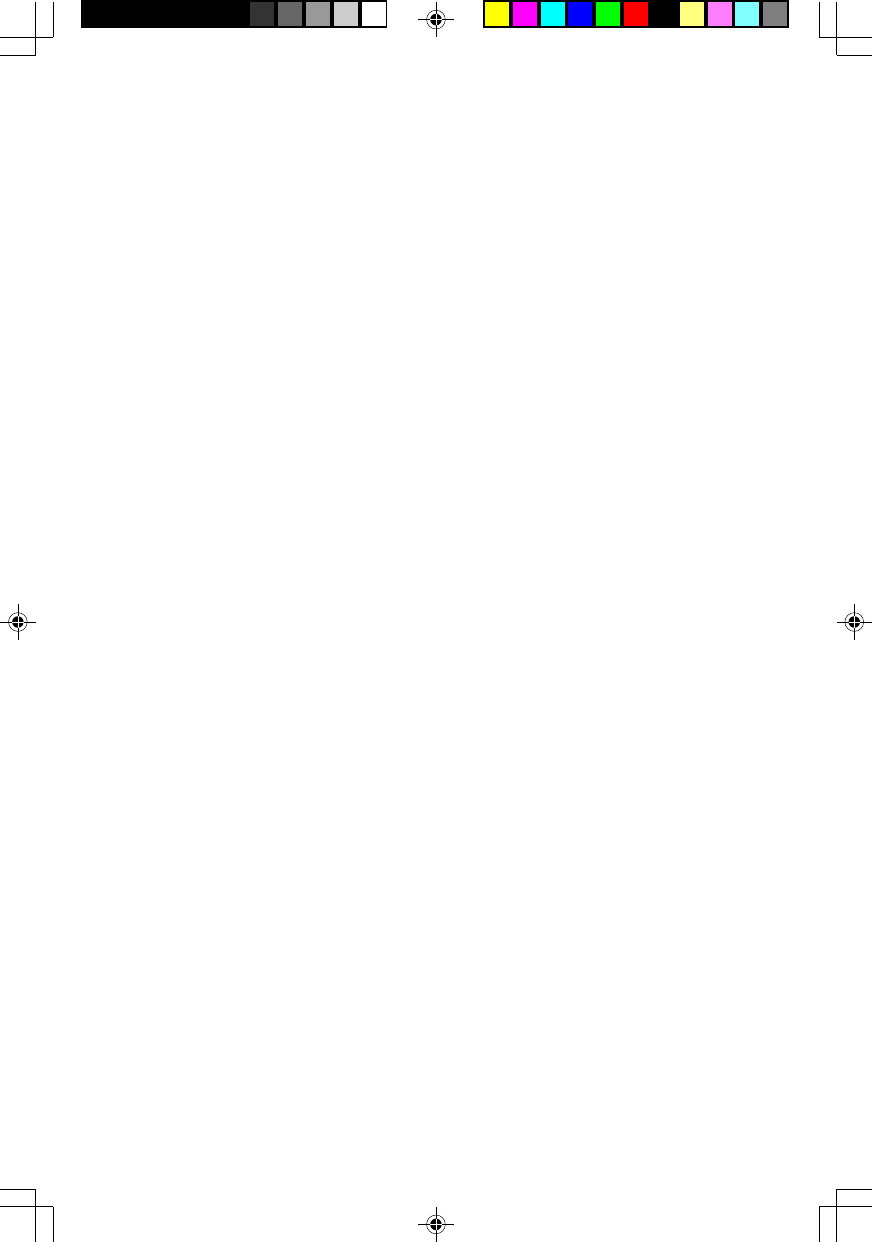
6A. An appliance and cart combination should be moved with care. Quick stops, ex-
cessive force, and uneven surfaces may cause the appliance and cart combina-
tion to overturn.
7. Wall or Ceiling Mounting The appliance should be mounted to a wall or ceiling
only as recommended by the manufacturer.
8. Ventilation The appliance should be situated so that its location or position
does not interfere with its proper ventilation. For example, the appliance should
not be situated on a bed, sofa, rug, or similar surface that may block the
ventilation openings or placed in a built-in installation, such as a bookcase or
cabinet that may impede the flow of air through the ventilation openings.
9. Heat The appliance should be situated away from heat sources such as
radiators, heat registers, stoves, or other appliances (including amplifiers) that
produce heat.
10. Power Sources The appliance should be connected to a power supply of the
type described in the operating instructions or as marked on the appliance.
11. Grounding or Polarization Observe the precautions that should be taken so
that the grounding or polarization protective features of an appliance are not
defeated.
12. Power Cord Protection Power supply cords should be routed so that they
are not likely to be walked on or pinched by items placed upon or against them,
paying particular attention to cords at plugs, convenience receptacles, and the
point where they exit from the appliance.
13. Protective Attachment Plug The appliance is equipped with an attactment plug
that has overload protection. This is a safety feature. If replacement of the plug
is required, be sure the service technician uses a replacement plug specified by
the manufacturer that has the same overload protection as the original plug.
14A. Cleaning The appliance should be cleaned only as recommended by the
manufacturer.
14B. Do not use liquid cleaners or aerosol cleaners. Use a damp cloth for cleaning.
15. Power Lines An outdoor antenna should be located away from power lines.
16. Outdoor Antenna Grounding If an outside antenna is connected to the receiver,
be sure the antenna system is grounded so as to provide some protection
against voltage surges and built up static charges. Section 801 of the National
Electrical Code. ANSI/NFPA NO. 70-1984, provides information with respect to
proper grounding of the mast and supporting structure, grounding of the lead-in
wire to an antenna discharge unit, size of grounding electrodes, and
requirements for the grounding electrode. See Figure 73.1.
17. Nonuse Periods The power cord of the appliance should be unplugged from
the outlet when left unused for a long period of time.
2




